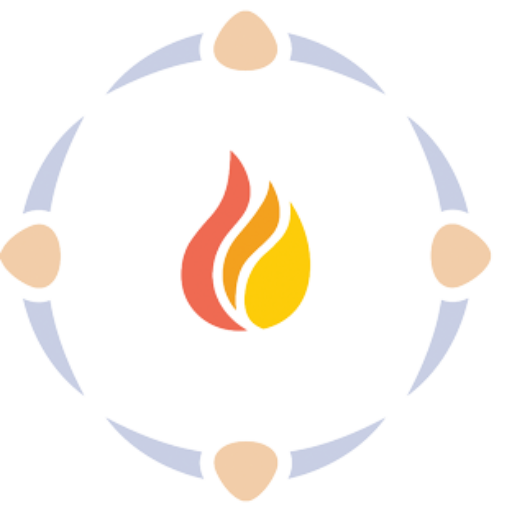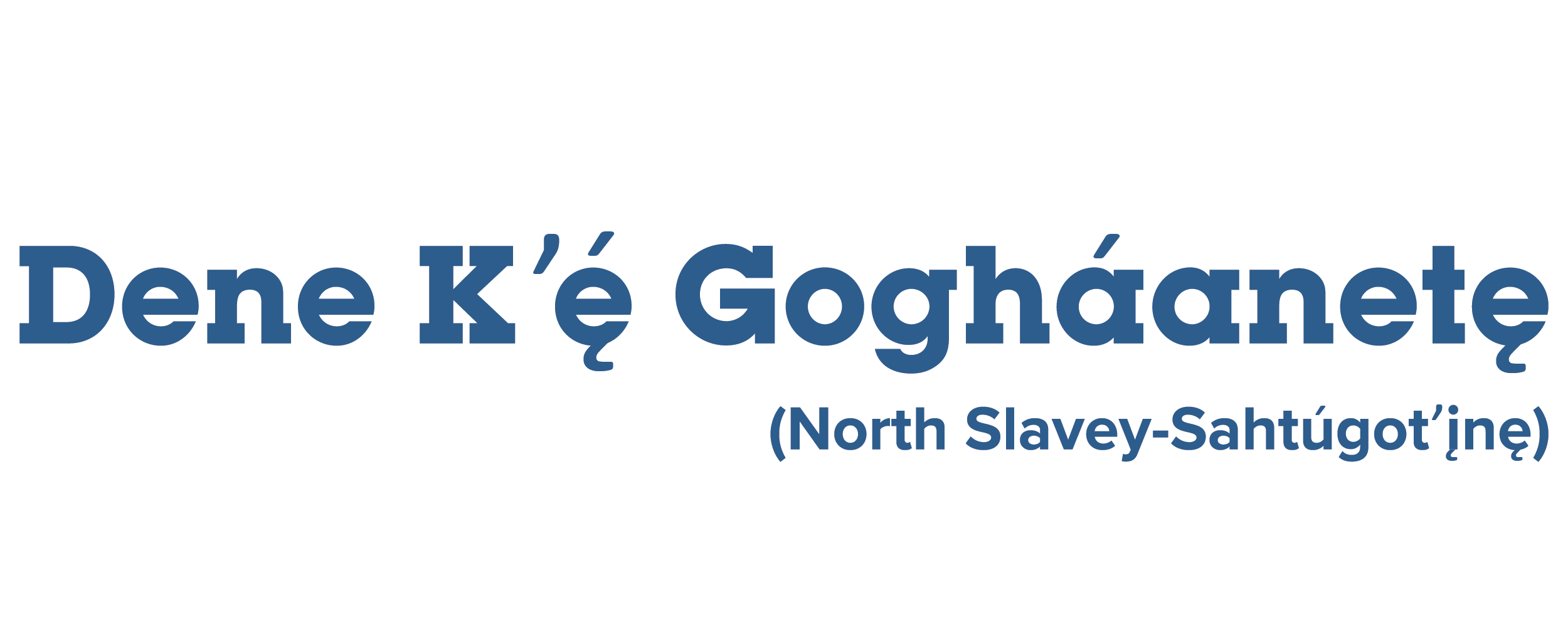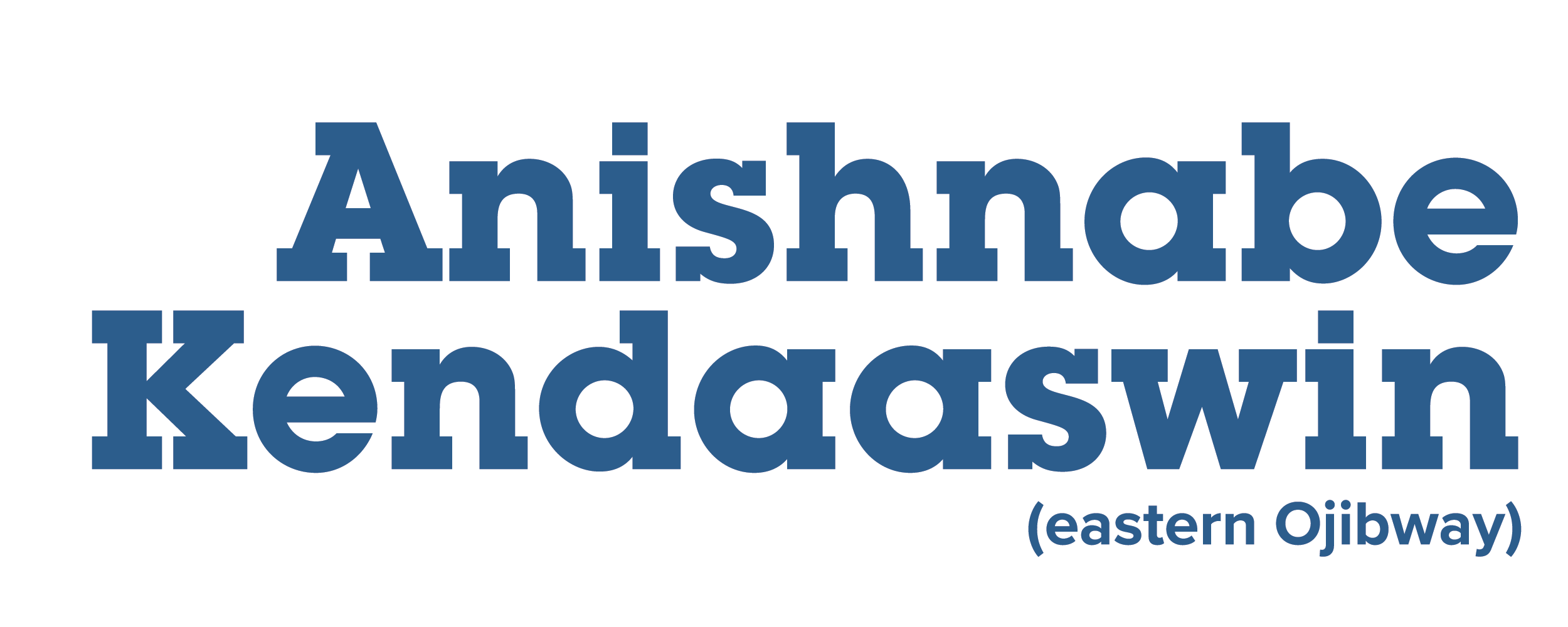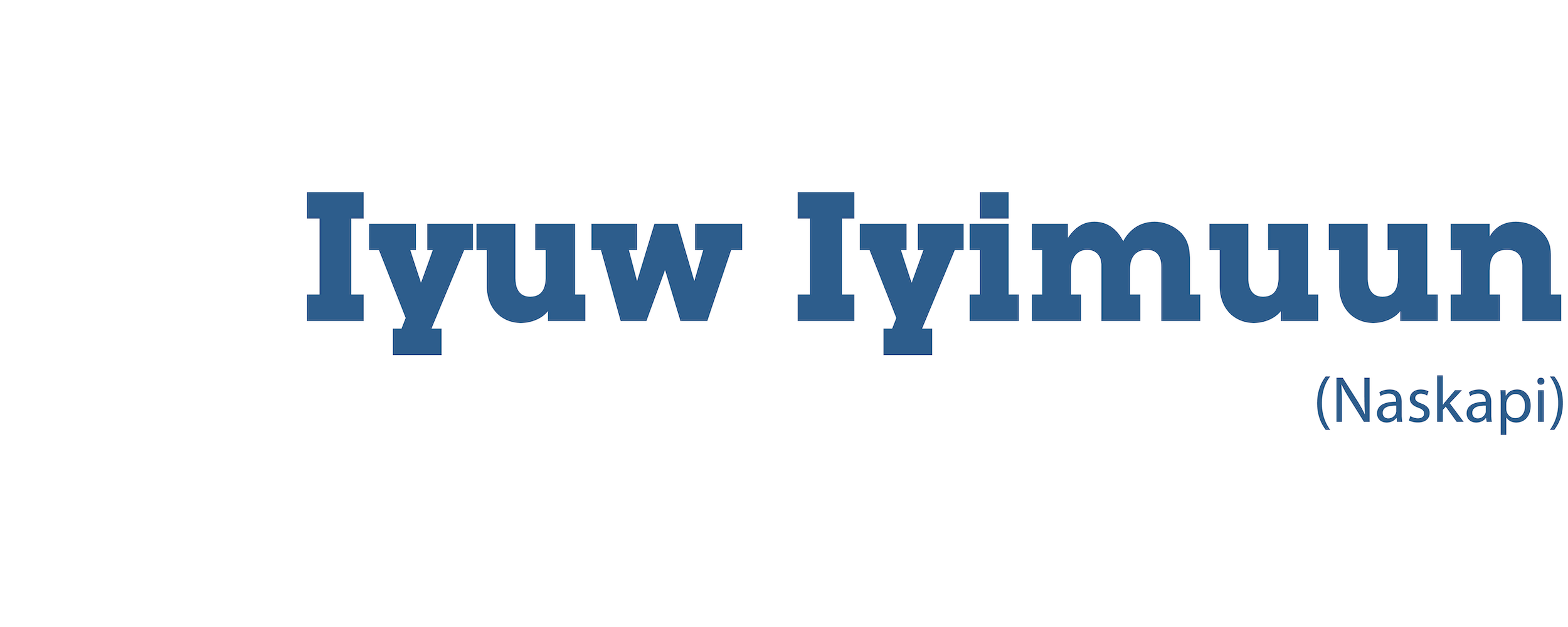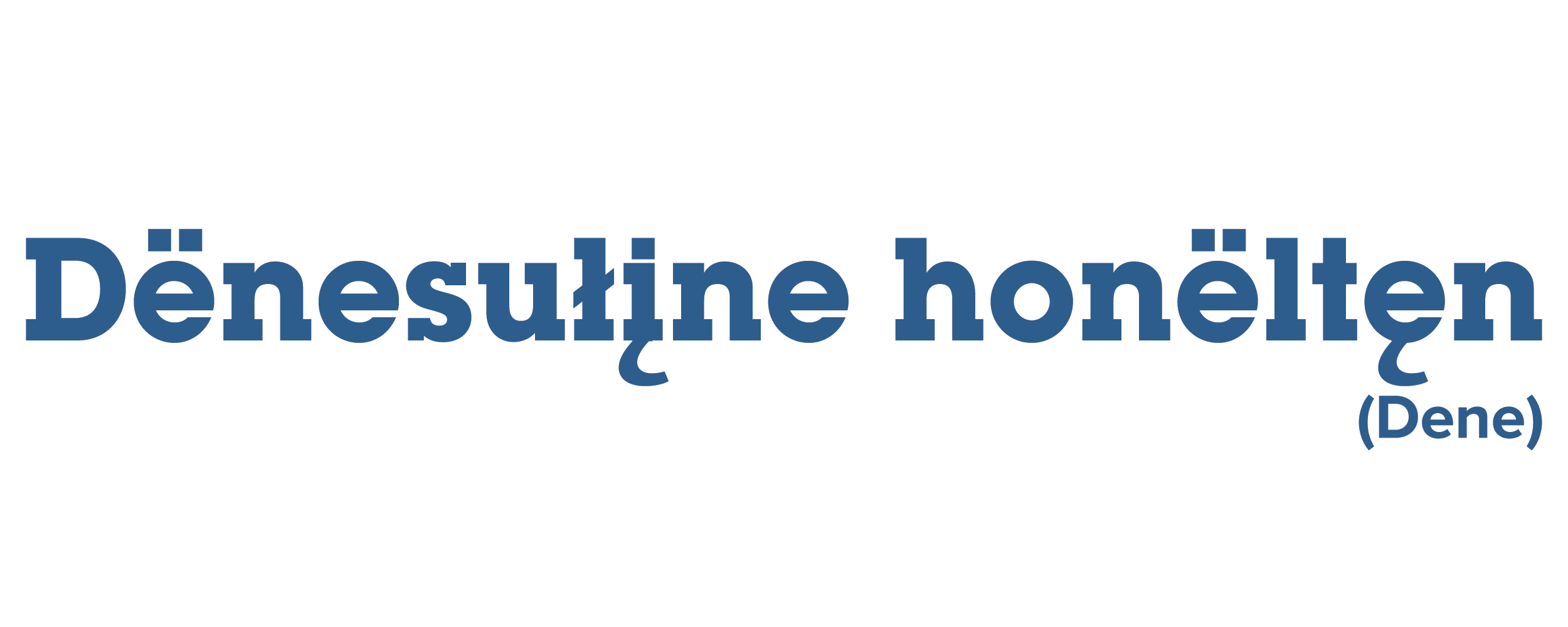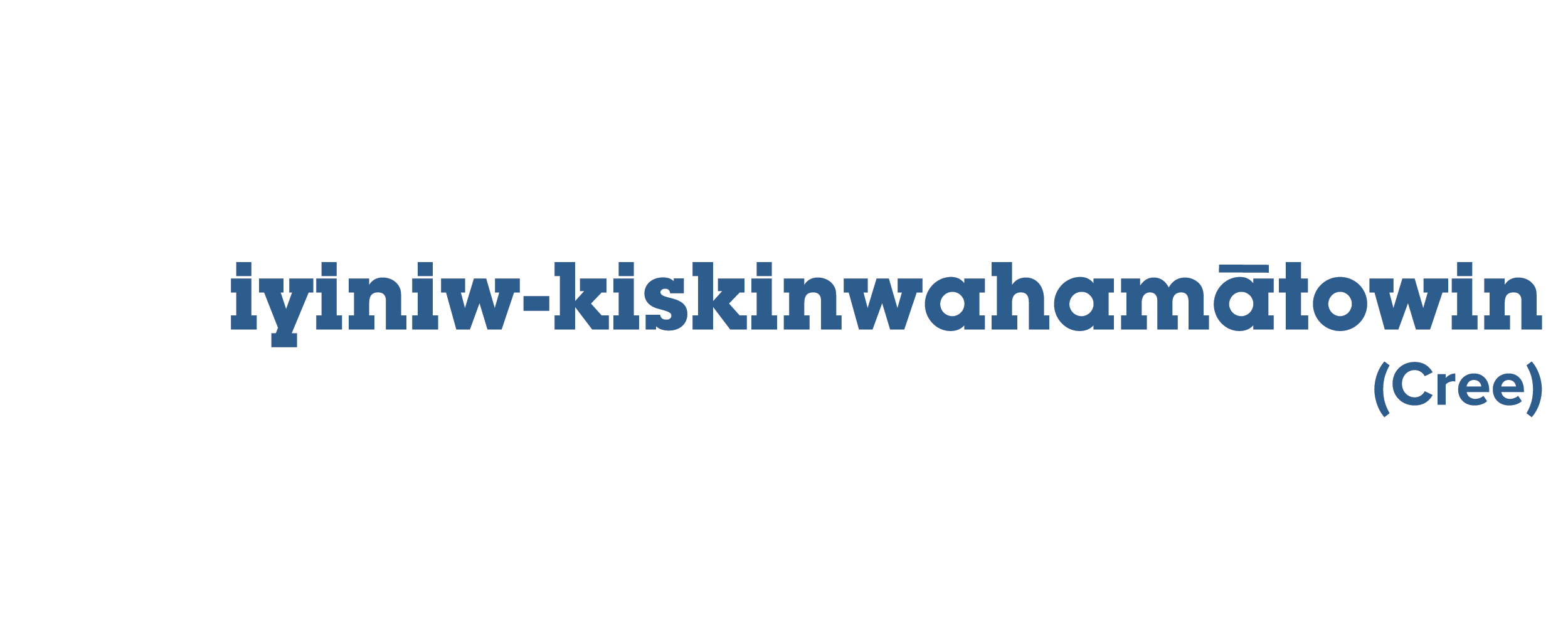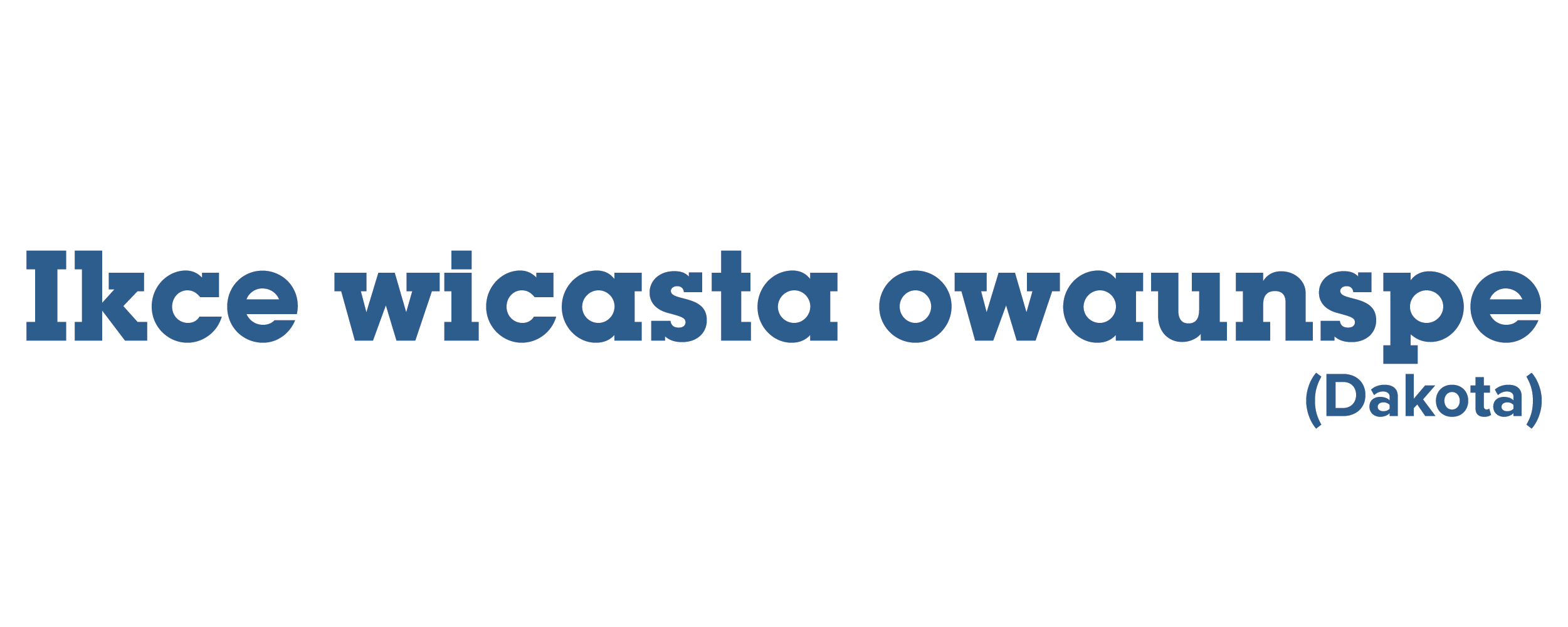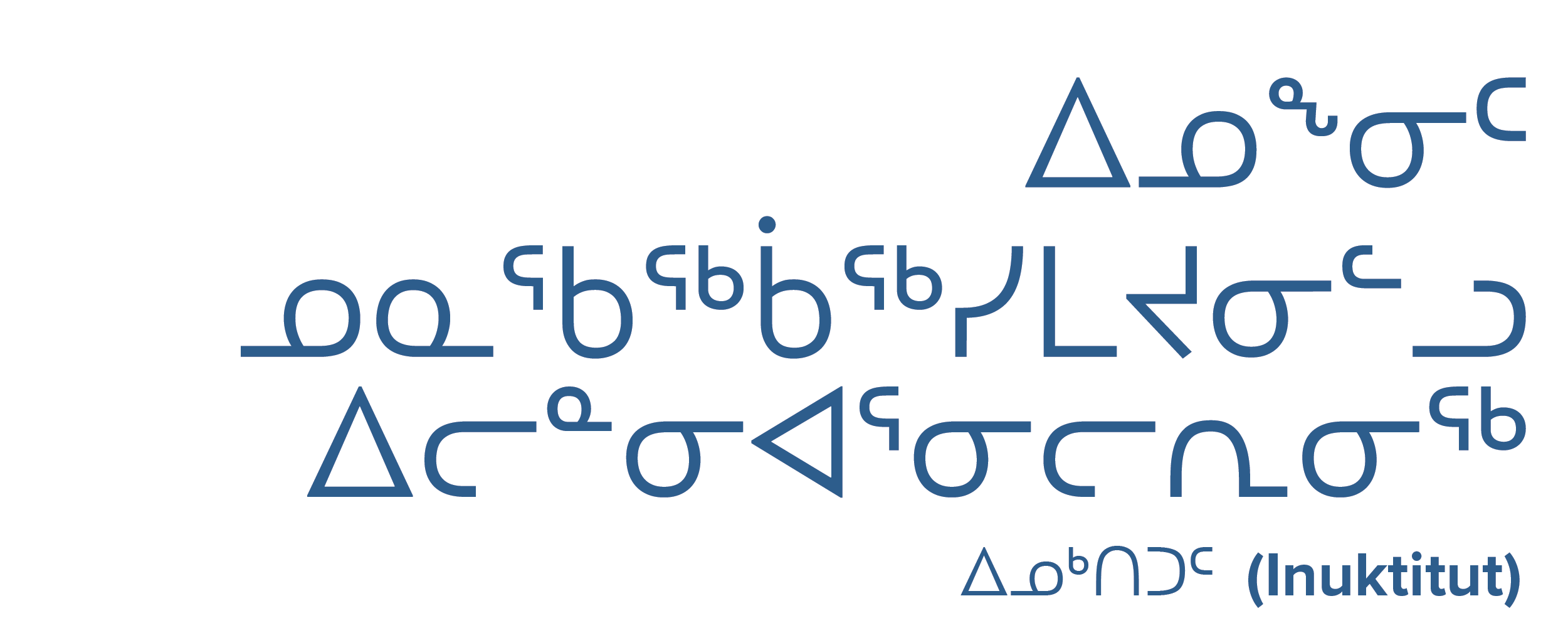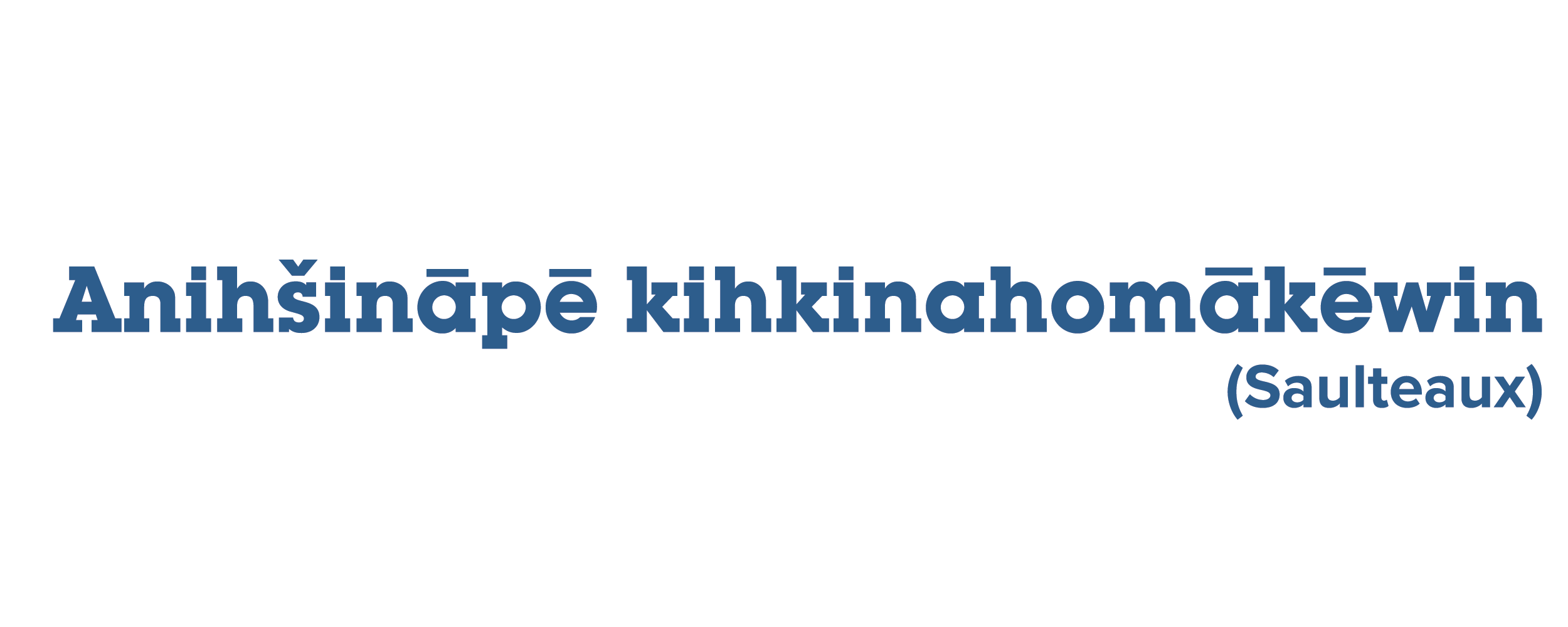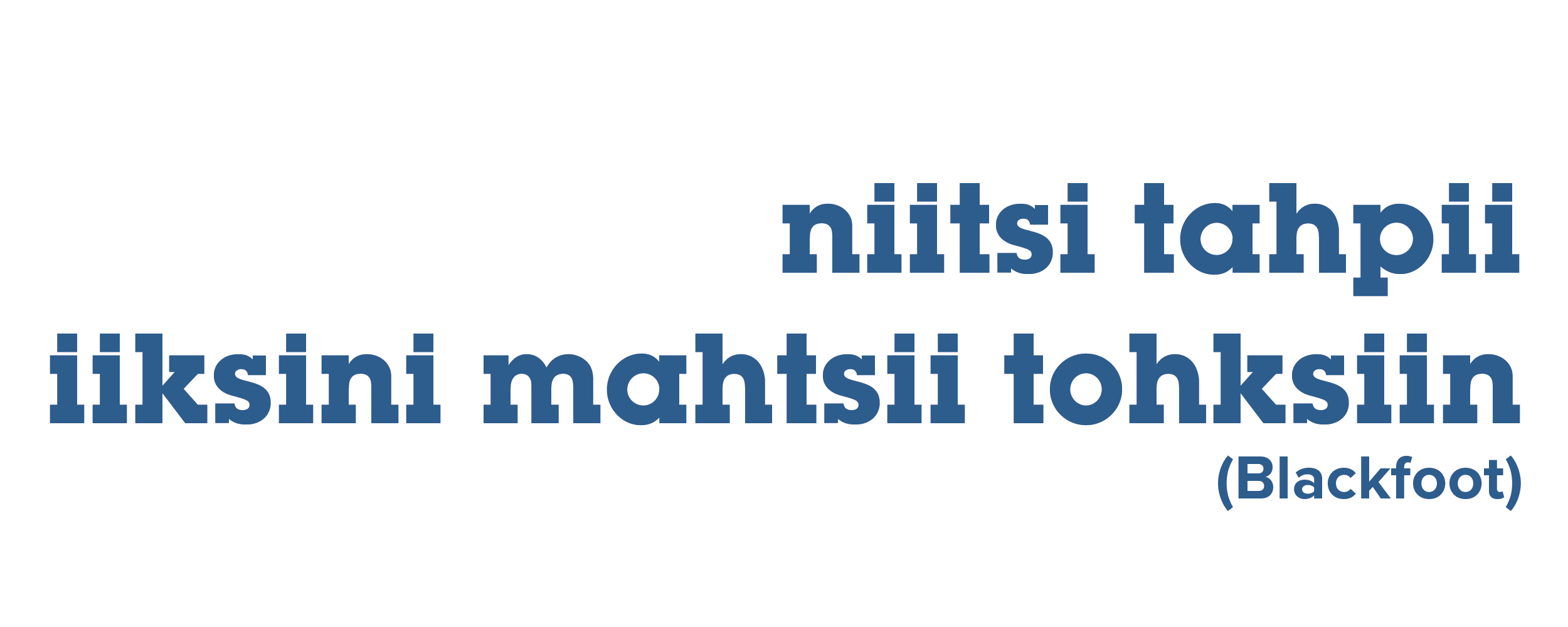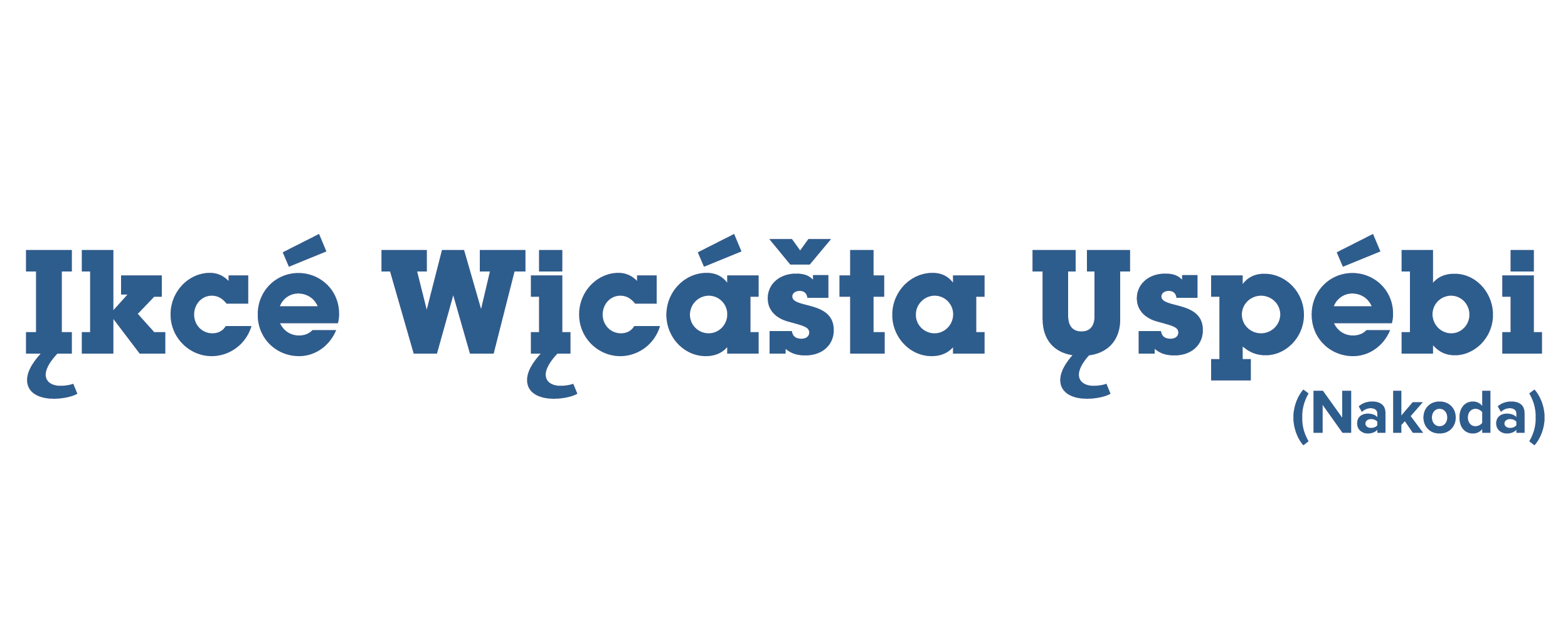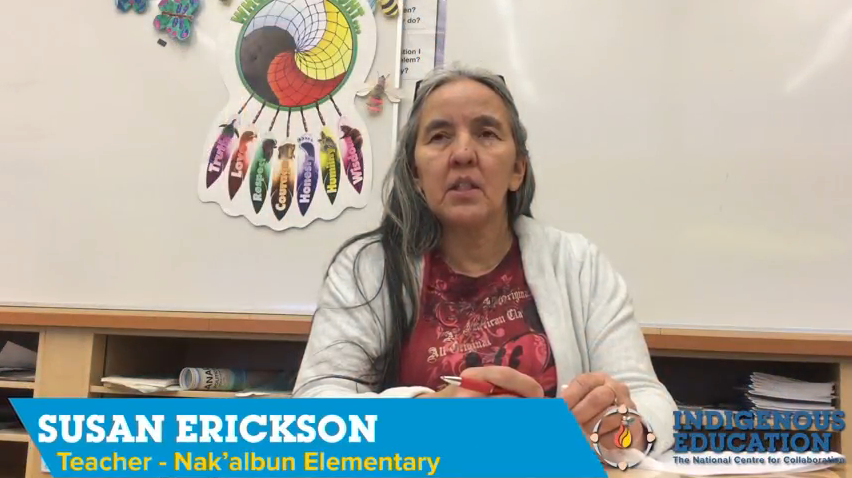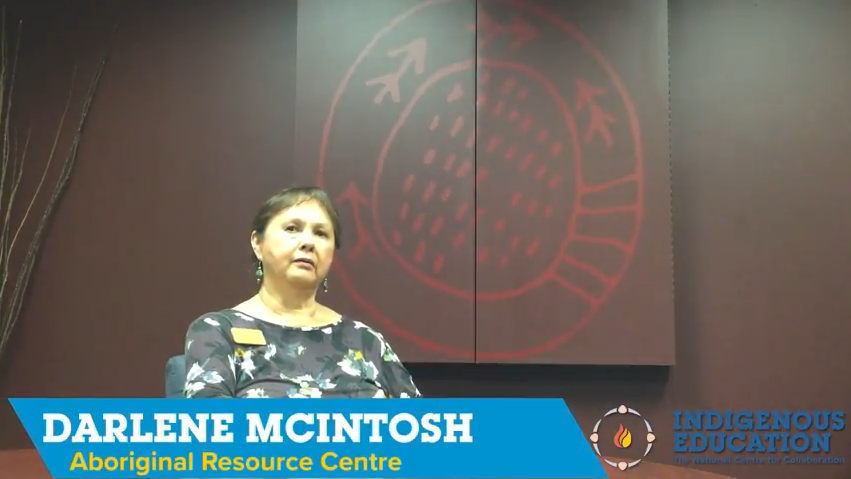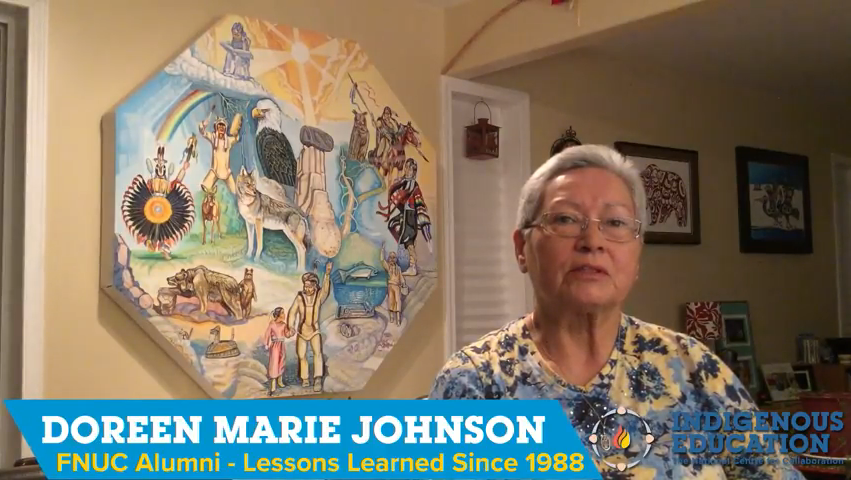Posted on March 20, 2018 by Marion Erickson
Education Assistant, Tania Julian has worked at Nak’albun Elementary for many years.
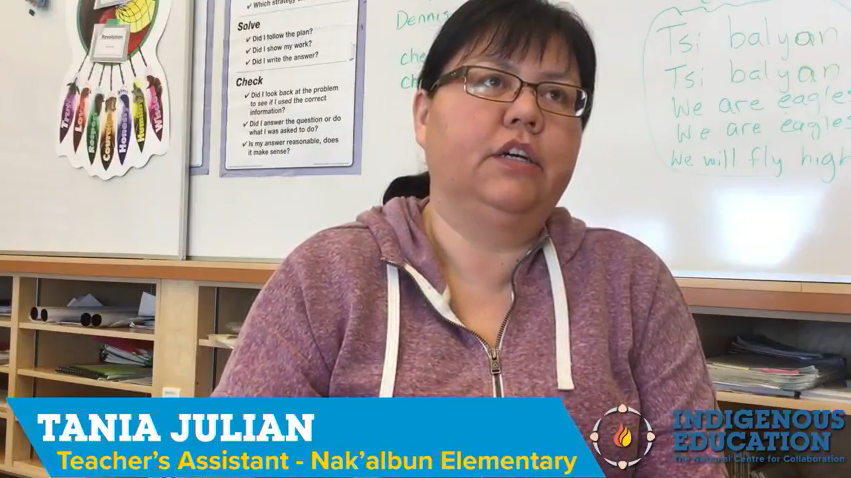
Tania Julian describes the approach taken by Nak’albun Elementary in primary education. It has been credited by former students as being invaluable in preparing them to continue their education.
Posted on by Sara-Lynn Harding
Floyd Dick describes what ‘total physical response’ method is and how it is being used as a teaching tool for students to learn Secwepemctsin at Sxoxomic School in the Esk’etemc.
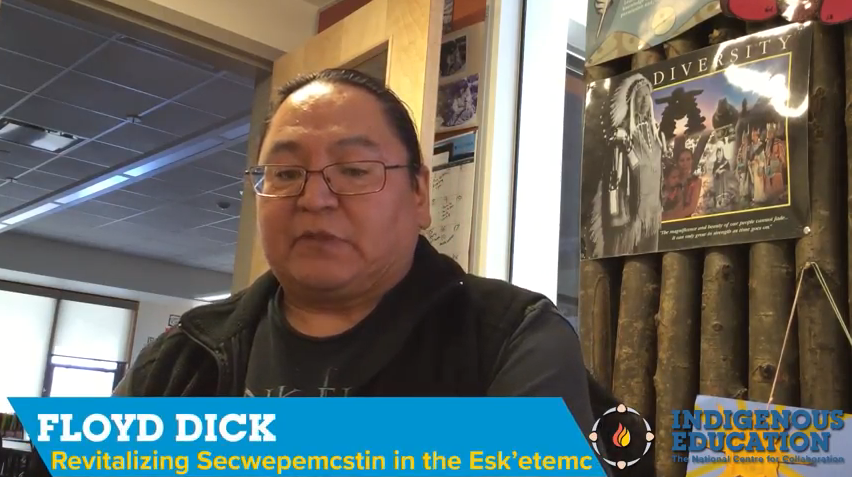
According to teacher Floyd Dick, TPR is effective in helping students gain self-confidence and self empowerment and in maintaining the culture and language.
https://www.britishcolumbia.ca/invest/communities/british-columbia/cariboo/first-nations/esk-etemc-first-nation/
Posted on by Jeremiah Sharpe
Dawn Wood describes Indigenous Inclusion Directorate – Community School Program funding and their objectives in the province of Manitoba.
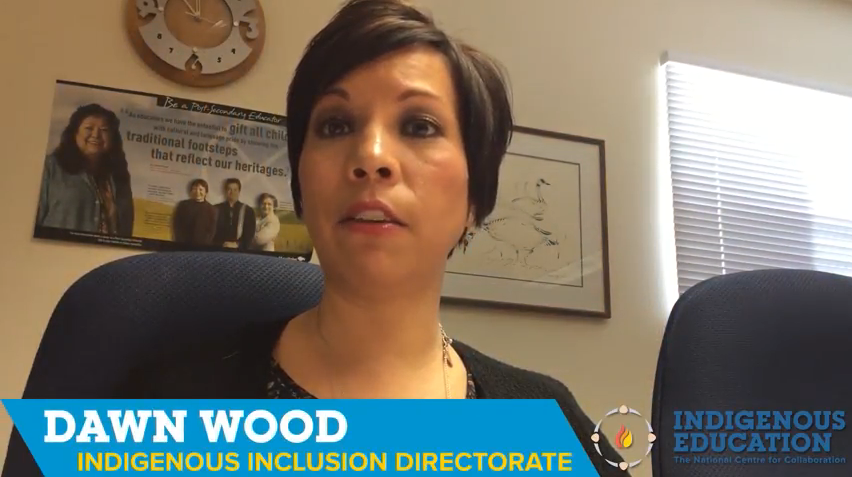
” The Indigenous Inclusion Directorate provides leadership and co-ordination for departmental initiatives in Aboriginal education and training. The Indigenous Inclusion Directorate operates from within Manitoba Education and Training. The primary role of the Indigenous Inclusion Directorate is in research, policy development and strategic initiatives. This is accomplished in the spirit of cooperation and consultation with many groups and individuals, such as school administrators, educators, students, parents, Aboriginal and community organizations and other government departments. The Indigenous Inclusion Directorate works in partnership with First Nations communities and organization in Manitoba. The Directorate’s work is supported by the guidance of two advisory councils from the Aboriginal community.” -from the website
https://www.edu.gov.mb.ca/iid/
Posted on by Anika Guthrie
Neechee Studio is an arts program for Indigenous youth (ages 13-30).
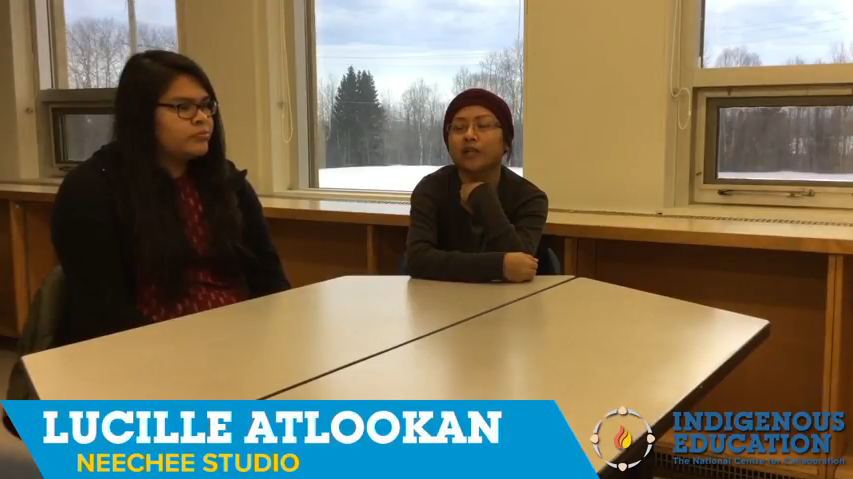
Anika Guthrie speaks to Lucille Atlookan & Matilda, program coordinators with Neechee Studios. Neechee Studio is an arts program for Indigenous youth (ages 13-30). They provide youth-directed workshops led by Indigenous artists and mentorship opportunities for youth.
Posted on by Laura Forsythe
The transition for students from primary to secondary school can be difficult. The ECHO Program works with students to ease this difficult transition with a variety of programs.
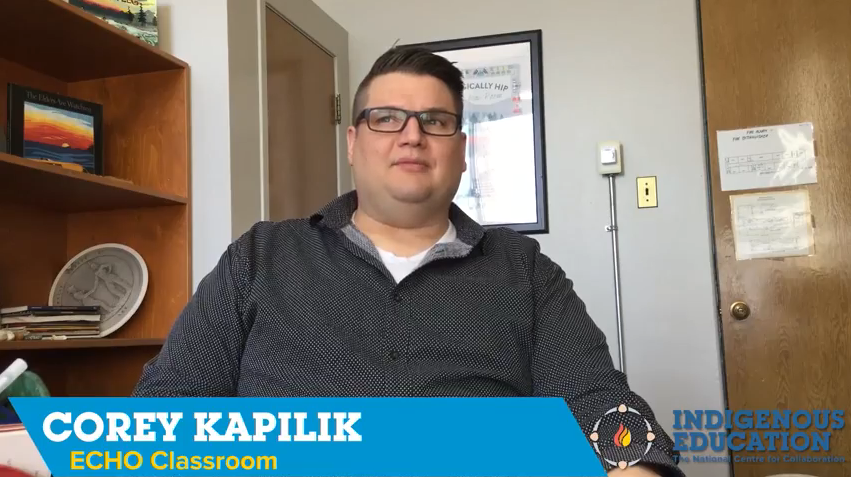
The transition from elementary to high school can be a difficult one – with the ECHO Program, Louis Riel School Division makes that transition easier by creating an enrichment space for students of First Nations, Metis or Inuit ancestry.
A Grade 9 Echo Program Will
– Discover and develop the gifts of Indigenous students
– Frame a vision of students’ potential
– Increase belonging and community
– Strengthen relationships between school and family
– Enrich student learning and engagement through traditional teachings, supports, and opportunities
– Support a successful transition to high school
Posted on by Anika Guthrie
Mary Oskineegish Education Director with the Nibinamik Immersion program describes the program for JK to Grade 2.
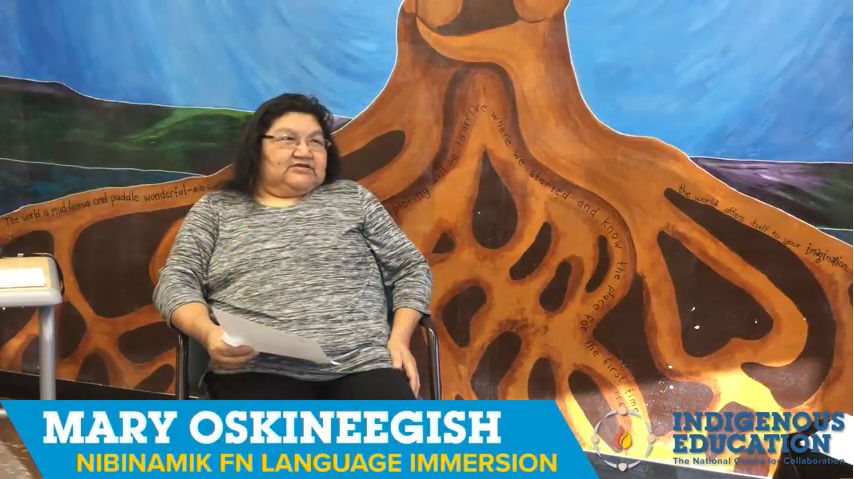
The Nibinamik Immersion program has been running for 13 years in this community for students in JK to Grade 2. Education Director, Mary Oskineegish explains the use of land-based learning and the goals of the program.
Posted on by Jeremiah Sharpe
ENGAP works to encourage pre-university students to enagage in the sciences. Their metrics of success are not quantified just on graduation rates.
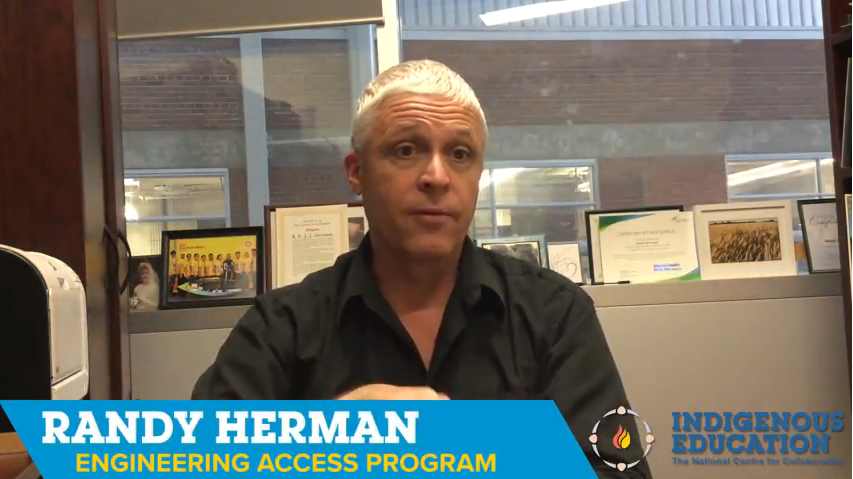
The Engineering Access Program (ENGAP) offers assistance for Indigenous persons engaged in university studies in Engineering. ENGAP offers an array of academic, social, and personal to meet the needs of its students. ENGAP has also expanded its mandate to include publication of a series of books focused on various forms of Indigenous technologies, intended to increase its outreach.

